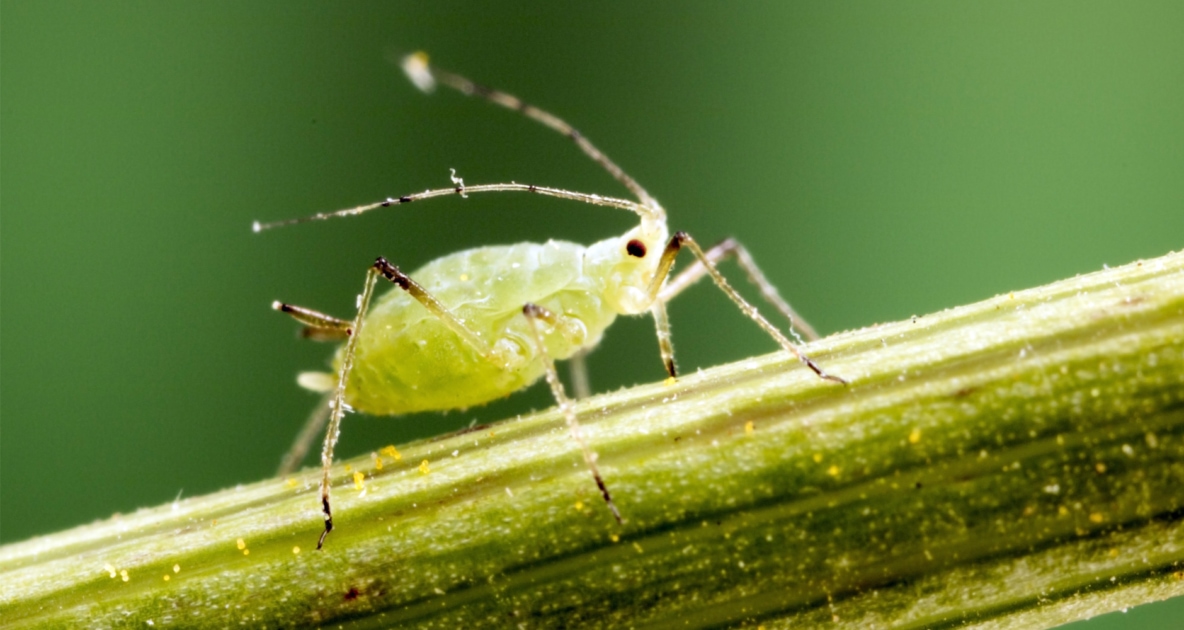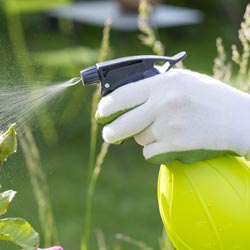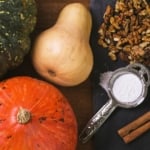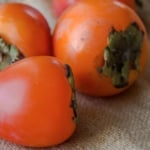DIY Pest Control Sprays Made From Plants In Your Garden
Before synthetic pesticides, plants had all the answers to our gardening dilemmas. These two DIY pest control sprays are made from ingredients found right in your garden!

Before we became tangled in synthetic pesticides, it was plants that had all the answers to our gardening dilemmas. And what do you know? They still do. These two DIY pest control sprays are made from ingredients found right in your garden!
Chrysanthemum Pest Control Spray
Best for aphids, mites, and some caterpillars.
You must know a plant to fully appreciate it, and the chrysanthemum has proven itself to those in the know to be more than just a pretty flower. Chrysanthemum produces a natural chemical called pyrethrin, which is the key ingredient in common organic pest control. Pyrethrum spray, made by steeping the dried petals in boiling water, can be used to control a number of sucking pests, from aphids to mites, and has also proven effective on a variety of caterpillars.

Chrysanthemum Pest Control Spray
Ingredients
Best for aphids, mites, and some caterpillars.
- ½ cup dried chrysanthemum flower heads, coarsely ground
- 1 teaspoon pure soap flakes
- 1 teaspoon vegetable oil
Instructions
- Directions:Combine the chrysanthemum flowers with 4 cups warm water in a bucket or jug. Cover and steep for 3 hours. Strain the liquid through a fine-mesh sieve into a spray bottle, discarding the flowers. Add the soap flakes and oil and shake vigorously, and it’s ready to use.NOTE: We recommend wearing a mask when spraying and to only spray in the early morning or evening when bees aren’t active, as this spray is toxic to bees. The spray will remain effective for 12–24 hours, so only make up as much as you need.
Chive Spray
Best for powdery mildew, apple scab, and black/brown spot.
Powdery mildew is a common fungal disease that likes to target large-leafed, warm-season crops, such as zucchini, pumpkin, and cucumber. Unlike other fungal conditions, it doesn’t need wet weather to thrive but, being a parasitic fungus, requires living plant tissue on which to grow. Frosts will usually kill the spores, so areas that don’t get any typically struggle with it. Powdery mildew is lazy and does best when conditions are dry and when competition from other fungal spores is diminished. Chive spray throws a hefty challenge at it, and thanks to its antibacterial qualities, will quickly control the issue with regular use.
Chive Spray
Ingredients
Best for powdery mildew, apple scab, and black/brown spot.
- 1 cup chive flowers, firmly packed
- Boiling water
- Liquid dish soap
Instructions
- Directions:Steep the flowers in 4 cups boiling water in a bowl and leave to stand until cool. Once cooled, add a few drops of dish soap, which helps the solution to stick, and it is ready to spray on crops to help alleviate apple scab, powdery mildew, and black/ brown spot.Garlic chives can be used in the same way to fight against aphids and spider mites, in addition to fungal issues.
Excerpted with permission from Root to Bloom by Mat Pember and Jocelyn Cross, published by Hardie Grant March 2019.
Be sure to check out Farmers’ Almanac’s Gardening Calendar to see when it’s a good day to kill plant pests!
This article was published by the staff at Farmers' Almanac. Do you have a question or an idea for an article? Contact us!







Good Day,
I hope this information helps another not struggle with their gardening, one less stressed gardener means one extra healthy life.
We use 2c. warm water mixed with 1tsp ivory liquid soap (my grandfather ie. Nebraska farmer used this recipe many moons before I was born) in spray bottle directly on aphids late before sundown (aphids will also be under-leaf more than those visible), rinsing spray off before sunrise following day or mixture _will burn_. Kills bugs on contact.
This same recipe has been used to save hundreds of trees (ie. business name not used) in Texas due to web worms.
Have an Excellent & Blessed Day!!
1st Corinthians 3:6
Besides Bees, it should also be noted that pyrethrin is highly toxic to cats and can seriously sicken them, and if exposed in larger quantities, kill them.
If you have our furry Feline friends patting about your garden, you may want to skip this substance entirely and find other means.
Hi Stacey, thank you for your comment. It should be noted that pyrethrin is a common ingredient found in many flea treatments for cats. Most treatments are also coupled with a synthetic insecticide called pyrethoid, which is even more problematic. Most poisonings occur when owners use spot flea treatments intended for dogs on their cats. Many people plant mums in their garden for natural pest control. This spray has a very low concentration of pyrethrin, but we recommend owners use caution with pets and talk to their vets.